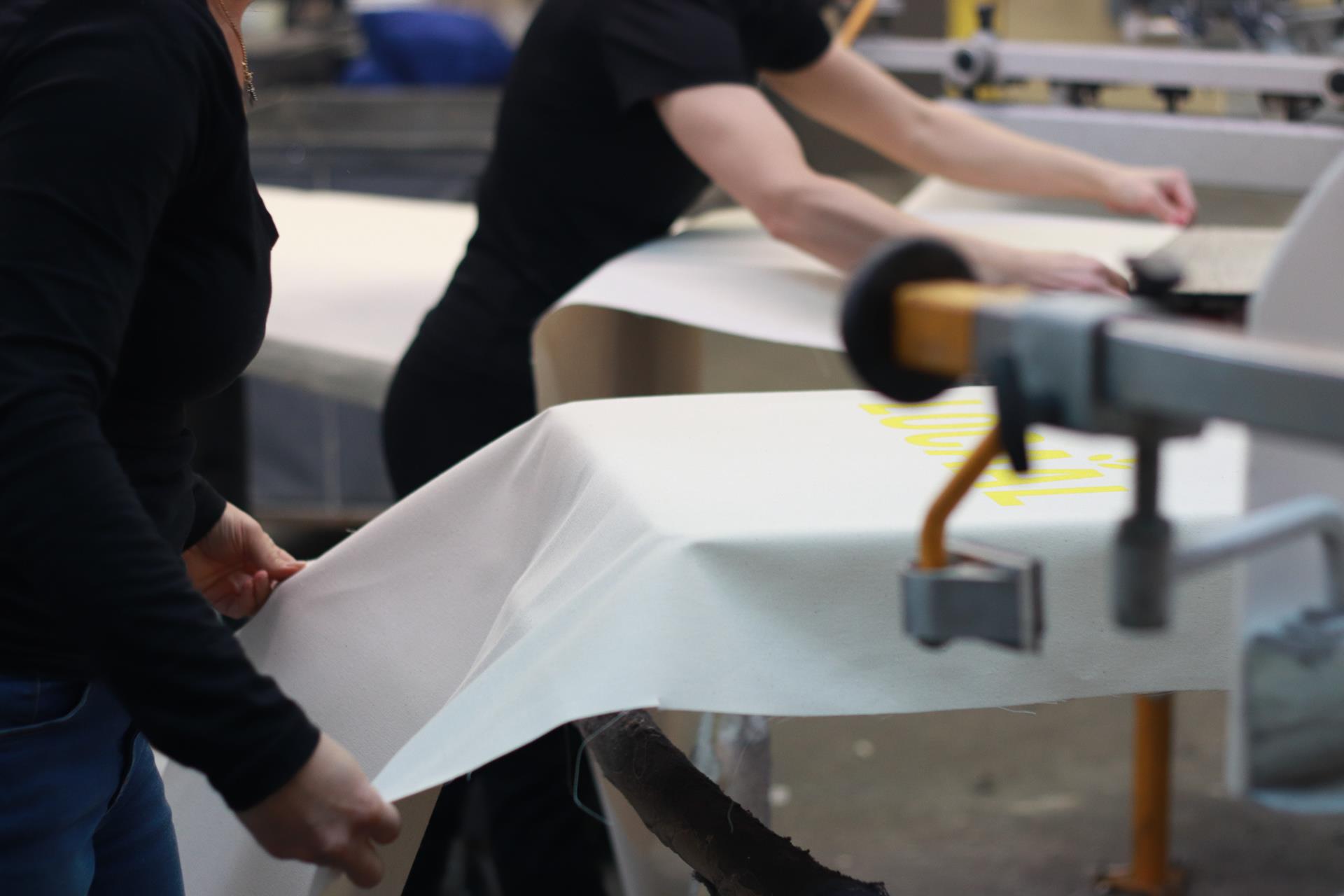UV printing, engraving, embroidery, sublimation, what exactly do these terms mean? Our website is filled with all these terminologies that can sometimes be confusing for many of our customers.
We have put together a very simple guide with a few definitions to explain the multiple processes involved in personalizing an object, but first a brief description of the raw materials we use according to their associated personalization.
The raw materials
WOOD
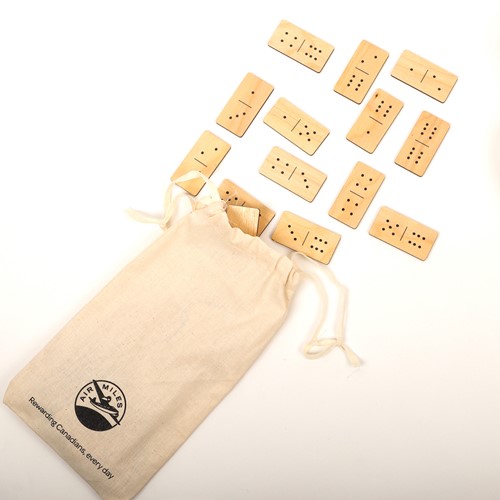
Most of our wood is FSC certified, which certifies sustainable sourcing in the forests. If the product sheet does not indicate this certification, it means that our manufacturer is already using sustainable processes, but has not yet obtained certification.
COTTON AND ORGANIC COTTON
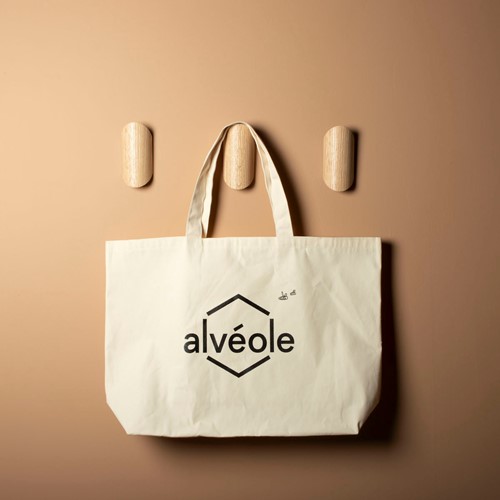
All our bags are made from natural cotton or organic cotton. The manufacturing of the products with this material was done by seamstresses located in Granby.
With cotton, you can screen print your logo and/or add a label that will be sewn on the side of the object.
RECYCLED PUL
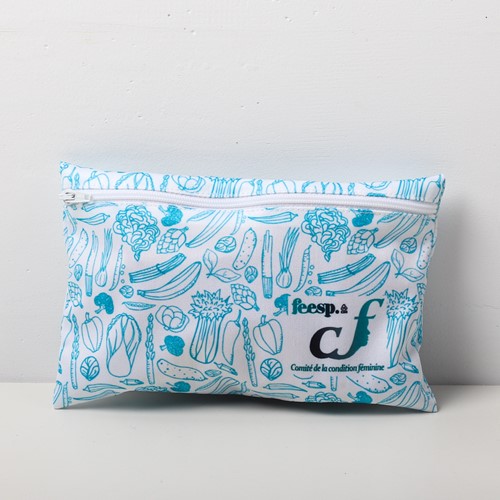
The recycled polyester we use is made from recycled plastic bottles and manufactured in Quebec. It is a very malleable and versatile material. It is also waterproof since it is laminated on the back.
Terminology
PANTONE
The Pantone colors are standardized and referenced in a sample called color chart. They are mainly used in printing, because the CMYK spectrum does not allow to obtain all the colors.
CMYK
Sigle used to indicate the four primary colors, or more precisely the three primary colors and the black, which are used at the time of a impression in four-colour process. C (cyan), M (magenta), Y (yellow), K (black).
MOCK-UP
A mock-up is a representation of the future product.
TECHNICAL PLAN
The technical drawing is a detailed representation of an object before its construction. It shows several important indicators for the production of the product: the material used, the scale, the different views of the object, the cutting lines, etc.
The technical plan is essential for an optimal understanding of all suppliers involved in the project.
LOGO FORMAT
All logos/graphic elements must be vectorized and sent in .eps, .ai, .svg format. Logos sent in .png and .jpeg are not of sufficient quality to be used in object production.
Types of customization
DEFINITION OF CUSTOMIZATION
Personalization is the term we use to define that an object will be modified according to the tastes and needs of our customers. It can be done in many ways with different techniques.
SUBLIMATE ($)
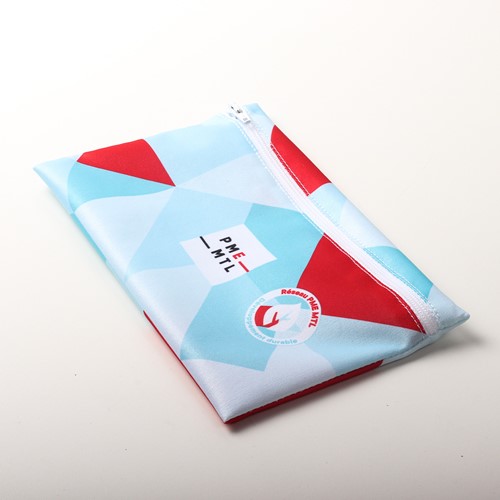
Dye sublimation printing is a technique that uses heat sensitive inks. These inks turn into gas when heated and are combined with a 100% polyester substrate. We use this technique to print a large quantity of fabrics with various designers at a very reasonable price. For example, our recycled polyester reusable bags are printed by sublimation.
UV PRINTING ($)

A UV print is made with a very efficient machine. We generally use this technique to print on wood or aluminum. It is a second option to engraving, when you want to add color to your design, since engraving offers only black as a rendering. The colors will be in CMYK format.
ENGRAVING ($)
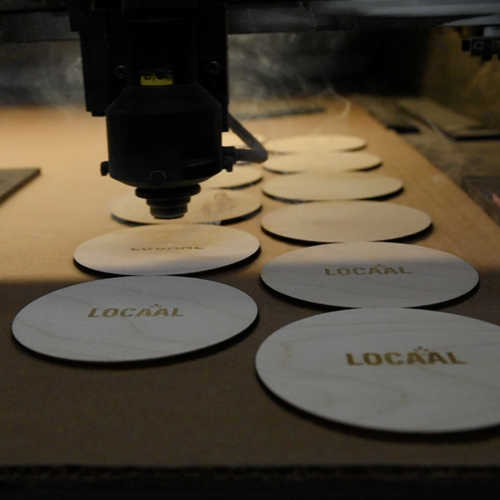
The engraving is usually done with a laser engraving machine. The elements to be engraved must be in black. The space between the different elements of the logo must be at least 1 mm for legibility.
The engraving can be done in general on solid materials such as wood and aluminum.
SERIGRAPHY ($$)
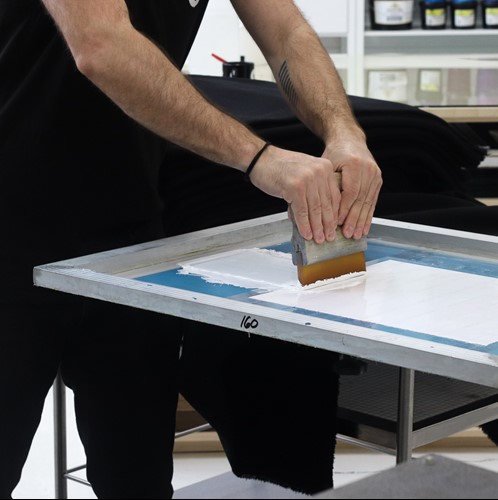
Screen printing involves passing ink through a screen with a predefined pattern. The color passes through the screen to form an imprint on the fabric. Each color in the pattern requires a different screen to properly create the colored shapes of the pattern. The term "silk" is often used to refer to the screen during production.
This technique is often used to print on natural materials (cotton).
LABEL ($$)
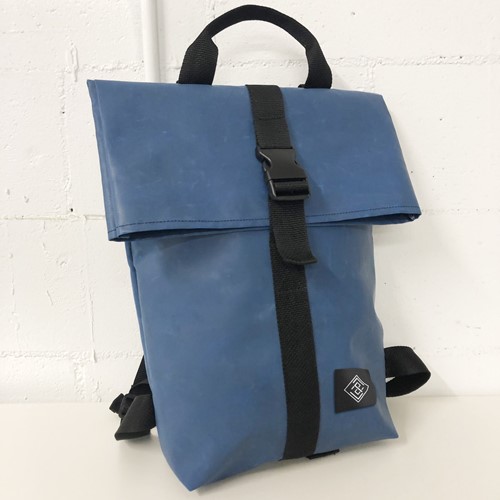
Labels are a simple way to personalize clothing and objects. We use woven or printed labels to add subtle personalization to products.
EMBROIDERY ($$$)
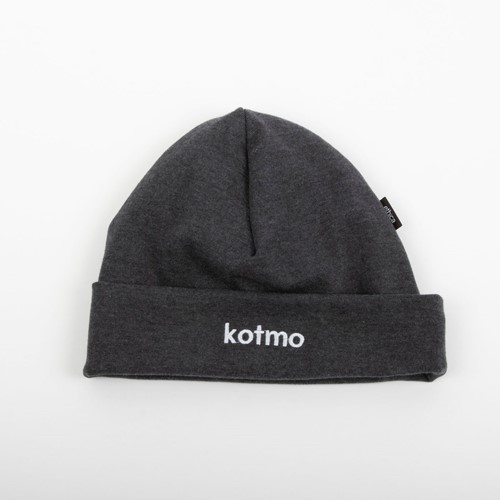
Embroidery is considered a great craft. At Kotmo, we use industrial machines to increase efficiency and decrease costs. However, it remains one of the most expensive techniques due to its very refined result.
The price varies according to the size of the embroidery and is calculated per point. To obtain the exact cost of personalizing your logo, you must obtain the number of stitches with specialized equipment. We offer a range of prices to give an idea of the costs. Each price will be revised according to the desired size of your logo.
We will then need the Pantone code of your color, to facilitate the search for the color of the thread.
Your project is unique
The type of personalization and its costs are greatly influenced by the quantity of products desired. Do not hesitate to ask our team for advice to define the most appropriate and advantageous personalization for your project.
